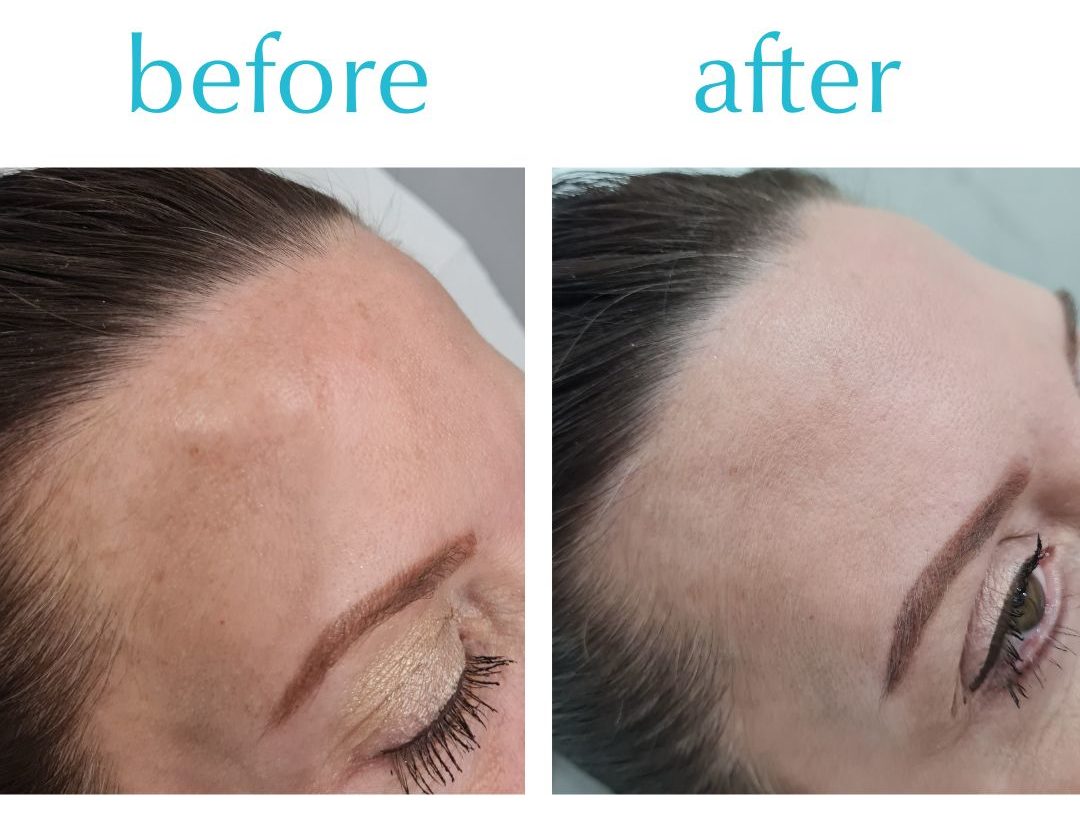Melasma, a common skin condition characterized by dark and discolored patches, can be a source of frustration for many individuals. While various treatments exist, one promising solution gaining attention is Tranexamic Acid peels. In this article, we will delve into what melasma is, explore the potential of Tranexamic Acid as a treatment, and discuss what you can expect from these innovative peels.
Understanding Melasma
Melasma is a skin condition that manifests as brown or gray patches, typically on the face. Hormonal changes, sun exposure, and genetic predispositions are key factors. These patches, often on the forehead, cheeks, and upper lip, can impact not only physical appearance but also self-esteem.
Tranexamic Acid: A Brief Overview
Tranexamic Acid, initially used to control bleeding, has shown promise in addressing melasma. This synthetic derivative of the amino acid lysine works by inhibiting the production of melanin, the pigment responsible for skin color.
Tranexamic Acid Peels
Tranexamic Acid peels involve the application of a solution containing the acid onto the skin. Unlike other treatments, these peels target the root cause of melasma by reducing melanin production. Safety is a key advantage, with minimal risk when performed by a qualified professional.
What to Expect from Tranexamic Acid Peels
Before undergoing a Tranexamic Acid peel, it’s essential to prepare your skin. This may involve discontinuing certain skincare products or medications. During the procedure, you may experience a mild tingling sensation. Post-peel, redness and peeling are normal as the skin undergoes the renewal process.
Benefits and Risks
Tranexamic Acid peels offer several benefits, including targeted melanin reduction and minimal downtime. However, as with any cosmetic procedure, there are potential risks, such as temporary redness or irritation. It’s crucial to discuss your medical history and expectations with a qualified skincare professional.
Results and Recovery
Results from Tranexamic Acid peels may be noticeable after a few sessions, depending on the severity of melasma. Post-peel care involves gentle skincare and sun protection to enhance and maintain results. Patience is key as the skin heals and rejuvenates.
Consultation and Choosing a Professional
Before opting for a Tranexamic Acid peel, consult with a dermatologist or skincare professional. Ask about their experience, inquire about the procedure’s details, and ensure they prioritize patient safety and satisfaction.
Takeaway
Tranexamic Acid peels offer a promising avenue for addressing melasma, providing a targeted approach with minimal risk. If you’re considering this treatment, consult with a qualified professional to discuss your unique needs and expectations. Beautiful, even-toned skin may be closer than you think.
Trust the experts at Cosmos Clinic for unparalleled Tranexamic Acid Melasma Treatment, and discover the true potential of a flawless, even complexion.












